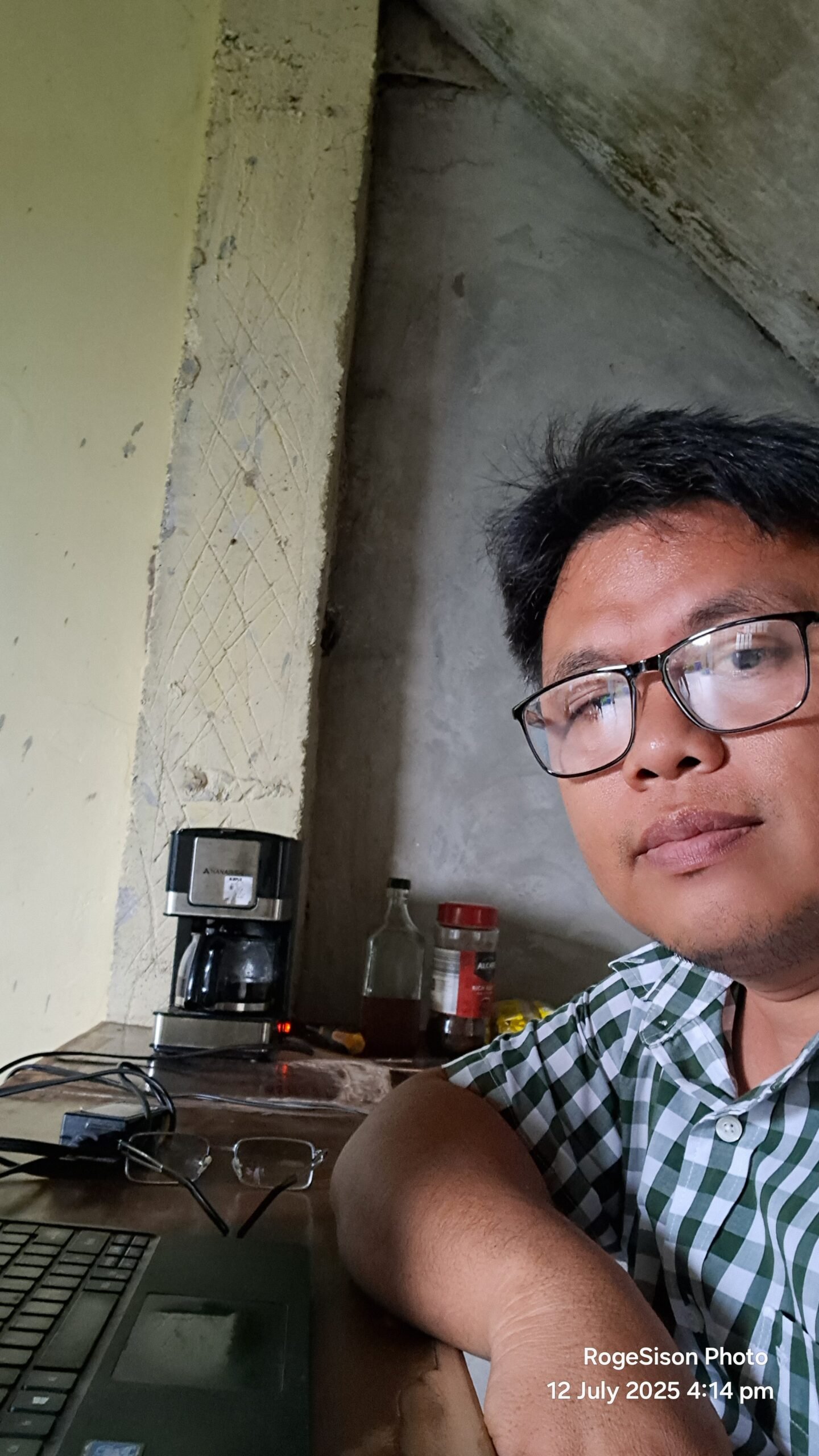
Introduction to Mark 5:21-43
The Gospel of Mark, known for its brisk narrative and vivid portrayal of Jesus’ ministry, presents a profound account of two intertwined healing miracles in Mark 5:21-43. This passage narrates the stories of Jesus healing Jairus’ daughter and the woman with the issue of blood, highlighting the intersection of faith, desperation, and divine intervention. These events occur as Jesus returns from the region of the Gerasenes, where He previously healed a man possessed by a legion of demons, demonstrating His authority over evil spirits. Immediately following this, the narrative shifts back to Capernaum, setting the stage for the miracles that ensue.
Mark 5:21-43 serves as a pivotal moment in the Gospel, emphasizing the themes of faith and restoration. Jairus, a synagogue leader, approaches Jesus with a plea to heal his dying daughter, demonstrating a profound act of faith despite his social status. Concurrently, a woman suffering from chronic hemorrhaging for twelve years reaches out to touch Jesus’ garment, believing in His power to heal her. These two stories, though distinct, are intricately linked by their themes of faith and the transformative power of Jesus’ touch.
The passage is strategically placed within Mark’s Gospel to highlight Jesus’ growing reputation as a healer and miracle worker. It follows the calming of the storm and the exorcism of the Gerasene demoniac, further illustrating Jesus’ dominion over natural and supernatural forces. The subsequent events, including the commissioning of the twelve disciples and the feeding of the five thousand, continue to build upon the themes of faith and Jesus’ messianic mission.
In this exegetical essay, we will delve deeper into the key themes and characters of Mark 5:21-43, exploring the implications of these miracles within the broader narrative of Jesus’ ministry. Through a detailed analysis, we aim to uncover the theological significance of these healing acts and their enduring impact on the Christian faith.
Literary and Historical Context
The Gospel of Mark is known for its vivid narrative style and its use of intercalation, a technique where one story is inserted within another, creating a “sandwich” effect. Mark 5:21-43 is a prime example of this technique, interweaving the story of Jairus’ daughter with the narrative of the woman suffering from hemorrhage. This literary structure enhances the thematic connections between the two healing miracles, emphasizing Jesus’ power over illness and death and creating a sense of suspense and urgency.
Understanding the historical context of first-century Judea is crucial for interpreting this passage. During this period, Judea was under Roman occupation, and the socio-cultural environment was highly stratified. The Jewish populace adhered strictly to religious laws that governed daily life, including issues of purity and impurity, which are central to this passage. The woman with the hemorrhage, considered ritually unclean due to her condition, and Jairus, a synagogue leader, represent distinct social strata, bringing into focus themes of purity, faith, and social status.
The socio-religious implications of ritual purity are significant in this context. Levitical laws deemed the woman’s condition as a source of impurity, isolating her from religious and social practices. Her desperation is palpable as she breaches social norms to touch Jesus’ garment, believing in his power to heal. Jairus, on the other hand, holds a position of religious authority, yet his plea to Jesus for his daughter’s healing underscores a communal acknowledgment of Jesus’ miraculous abilities.
Gender roles also play a critical role in this narrative. Women, often marginalized in the socio-religious context of first-century Judea, are centered in these stories, highlighting Jesus’ inclusive approach to ministry. By healing both the woman and Jairus’ daughter, Jesus not only restores their health but also reintegrates them into the community, challenging contemporary societal norms.
Overall, the literary and historical analysis of Mark 5:21-43 reveals a complex interplay of narrative techniques and socio-cultural elements that deepen our understanding of these healing miracles. The passage invites readers to reflect on themes of faith, purity, and the transformative power of Jesus’ ministry within the historical backdrop of first-century Judea.
Theological Themes and Interpretations
Mark 5:21-43 presents several key theological themes that have been the subject of extensive scholarly analysis. Among the most prominent are faith, healing, and the authority of Jesus. These themes are intricately woven into the narrative through the interactions between Jesus, Jairus, his daughter, and the woman suffering from a chronic issue of blood.
The theme of faith is central to both healing miracles in the passage. Jairus, a synagogue leader, demonstrates profound faith by seeking Jesus’ help for his ailing daughter. His belief in Jesus’ healing power is evident when he implores Jesus to “lay your hands on her, so that she may be made well and live” (Mark 5:23). Similarly, the woman with the issue of blood exhibits remarkable faith by believing that merely touching Jesus’ garment will heal her. Her faith is rewarded when she is immediately cured upon making contact with his cloak (Mark 5:29).
The healing motif is intricately connected to faith in this passage. Jesus’ ability to heal is not portrayed as a magical act but as a response to genuine faith. This theological point is emphasized when Jesus tells the woman, “Daughter, your faith has made you well; go in peace, and be healed of your disease” (Mark 5:34). The dual miracles underscore the transformative power of faith in Jesus’ ministry.
Moreover, the authority of Jesus is a recurring theme. His authority over illness and even death is highlighted through these miracles. Jesus’ command to the deceased girl, “Talitha cumi” (Aramaic for “Little girl, I say to you, arise”), and her subsequent revival (Mark 5:41-42) reinforce his divine authority. This authority is not limited to his immediate context but extends to all aspects of life and death, presenting Jesus as a figure of ultimate power and compassion.
Various theological perspectives provide additional layers of interpretation. A historical-critical approach often focuses on the socio-cultural and historical context, illuminating how these miracles would have been perceived by contemporaries of Jesus. Feminist theologians might emphasize the agency and faith of the two female characters, highlighting their roles in a patriarchal society. Liberation theology, with its emphasis on social justice, might interpret these miracles as acts of liberating the oppressed and marginalized.
In conclusion, Mark 5:21-43 is a rich tapestry of theological themes that offer profound insights into faith, healing, and Jesus’ authority. The passage invites readers to explore these themes through various interpretive lenses, ultimately enriching their understanding of the theological significance embedded in these healing miracles.
Contemporary Relevance and Application
The narrative of Mark 5:21-43 holds enduring relevance for contemporary Christian practice, offering profound insights into the themes of faith and healing. In modern contexts, this passage serves as a reminder of the transformative power of faith, not only on an individual level but also within the broader community. This pericope, featuring Jesus’s healing miracles, emphasizes the importance of belief and trust in divine intervention, which remains a cornerstone of Christian spirituality today.
One of the primary applications of Mark 5:21-43 is its encouragement for believers to maintain steadfast faith in times of personal and communal crises. The story of Jairus’s daughter and the woman with the issue of blood highlights that faith can lead to miraculous outcomes, even when situations seem hopeless. For contemporary Christians, this passage can inspire a renewed sense of hope and resilience, encouraging them to seek spiritual solace and strength through prayer and community support.
Moreover, the passage carries significant implications for social justice and gender equality. The healing of the woman, who had suffered for twelve years, underscores the importance of recognizing and addressing the pain and marginalization experienced by individuals, particularly women, in society. Jesus’s response to her faith, despite societal taboos, challenges contemporary Christians to advocate for gender equality and to support those who are marginalized or suffering in silence.
The role of faith in personal and communal healing is another critical theme. The passage illustrates that healing is not solely a physical process but also involves emotional and spiritual dimensions. In modern Christian practice, this holistic approach to healing can be seen in ministries that provide counseling, support groups, and community outreach programs. These initiatives reflect the compassionate and inclusive nature of Jesus’s ministry, encouraging believers to foster environments where faith and healing are intertwined.
Practical examples of applying this passage can be found in various contemporary Christian initiatives. For instance, faith-based organizations that offer healthcare services, mental health support, and social justice advocacy embody the principles demonstrated in Mark 5:21-43. These efforts not only address physical ailments but also work towards systemic change, reflecting the transformative power of faith in action.
In conclusion, Mark 5:21-43 continues to challenge and inspire modern believers to embody faith that acts, heals, and advocates for justice. By reflecting on this passage, Christians today can find renewed motivation to live out their faith in ways that promote healing and equality, both personally and within their communities.



